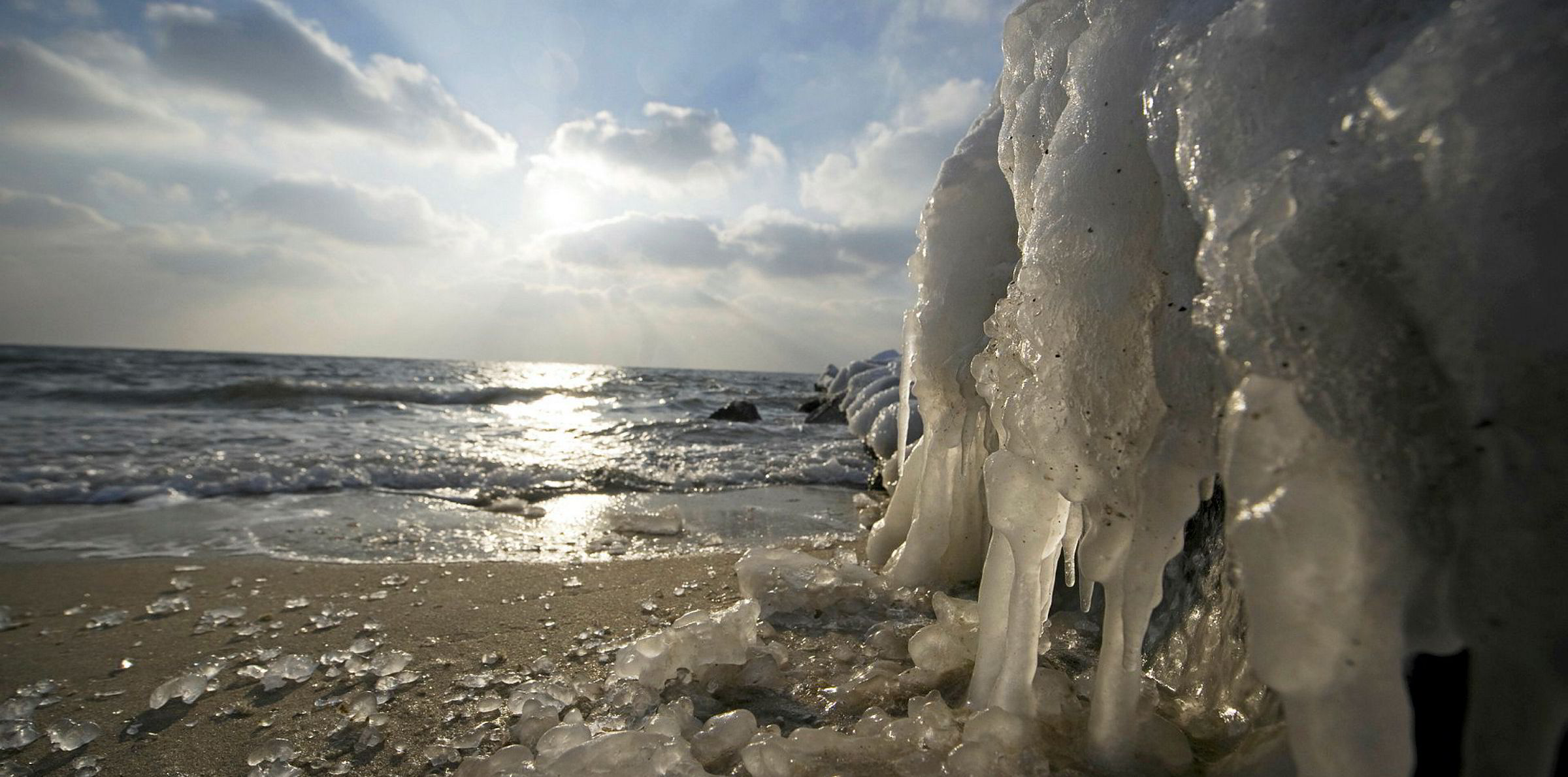Danish lawmakers have approved an ambitious new climate act that includes building the world’s first energy islands, erecting another 1GW offshore wind farm, and reaching a 70% emissions reduction by 2030.
The energy islands – one artificial structure in the North Sea and the natural island of Bornholm in the Baltic to which wind farms from neighbouring countries would also be linked – together are slated to be connected to 5GW of offshore wind capacity by 2030.
The plan rubber-stamped Monday also foresees the construction of a 1GW wind farm at Hesselø, a zone in the sea between the Danish mainland province of Jutland and Sweden. That comes on top of the already planned 800MW-1GW Thor offshore wind project, and the 600MW Kriegers Flak project that is due in service in 2021.
“The law sets our 70% reduction target in stone and reconfirms our full and unwavering commitment to deliver our part in the common fight against climate change,” said climate, energy and utilities minister Dan Jørgensen.
“In the face of a historic health and economic crisis, it is perhaps more important than ever.”
A consortium including three of the largest Danish pension and energy companies is ready to finance and operate the 3GW energy island in the North Sea, investor Copenhagen Infrastructure Partners said.
PensionDanmark, PFA and SEAS-NVE are ready to finance the energy island – initially with up to €50m ($56m) to develop the project, CIP said, adding that the "strong consortium" could finance the North Sea energy island entirely without government funding.
"A wind island in the North Sea will add even more momentum to the green transition, and the concept has global potential," said Kasper Ahrndt Lorenzen, Group CIO of PFA Pension.
Torben Möger Pedersen, chief executive of PensionDanmark, added: "The energy island in the North Sea is a very visionary project which will play an important role in the economically sound expansion of offshore wind capacity. At the same time, developing and constructing the island will create many new Danish jobs that will help the Danish economy in recovering from the effects of Covid-19."
Danish wind power association Wind Denmark welcomed the decision by a large majority in parliament to build the energy islands and green light Hesselø, but demanded an exact timetable for the establishment of a total of 6GW offshore wind besides Thor (which is slated to be tendered off next year).
“A clear timetable is needed for companies in the wind industry and as soon as it is presented, the employment effect begins to manifest. Not before. Therefore, this timetable must come very quickly so that we secure as many jobs in Denmark as possible already now. ”
The government plans to set so-called milestone targets every five years that are legally binding and have a ten-year perspective. An indicative target is slated to be set for 2025 in a forthcoming climate action plan still to be presented this year.
The plan now approved by parliament exceeds previous plans by the government presented in May to add 4GW of renewable power in the wake of the energy islands.
The power generated next to the energy islands could be used to produce green hydrogen (via electrolysis) to fuel heavy industry or transport, the government has said earlier.
Denmark has also closed a deal with the Netherlands to statistically transfer an initial 8 terawatt hour of renewable power to the Netherlands under an EU deal. The Netherlands, which through the deal will be able to still reach its 2020 renewable energy target, in exchange will pay €100m to fund a tender to build up 100MW of hydrogen-producing capacity in Denmark.
UPDATED with financing proposal by CIP



